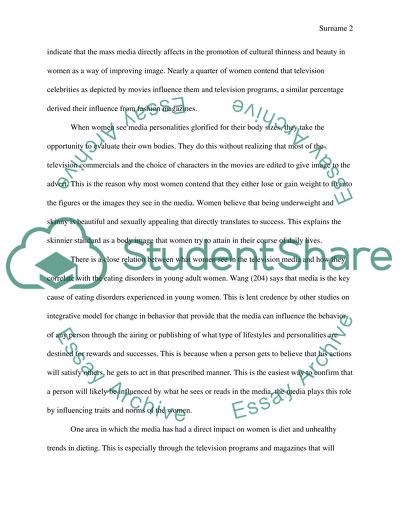Cite this document
(“The Medias Influence on Today's Woman Term Paper”, n.d.)
Retrieved from https://studentshare.org/gender-sexual-studies/1404569-the-medias-influence-on-todays-woman
Retrieved from https://studentshare.org/gender-sexual-studies/1404569-the-medias-influence-on-todays-woman
(The Medias Influence on Today'S Woman Term Paper)
https://studentshare.org/gender-sexual-studies/1404569-the-medias-influence-on-todays-woman.
https://studentshare.org/gender-sexual-studies/1404569-the-medias-influence-on-todays-woman.
“The Medias Influence on Today'S Woman Term Paper”, n.d. https://studentshare.org/gender-sexual-studies/1404569-the-medias-influence-on-todays-woman.


